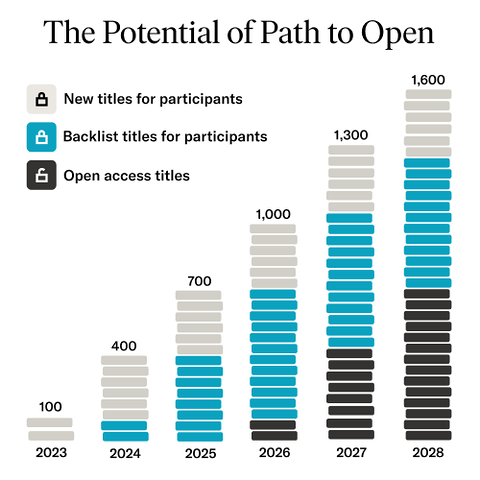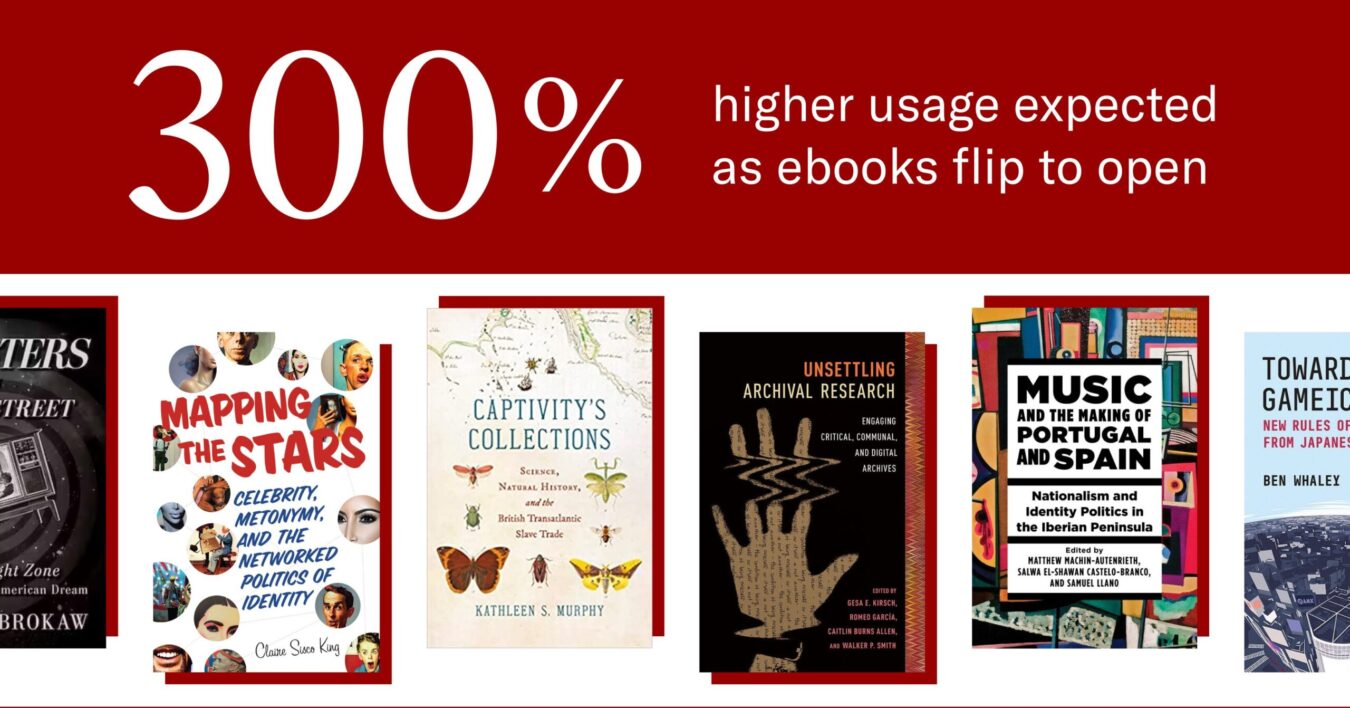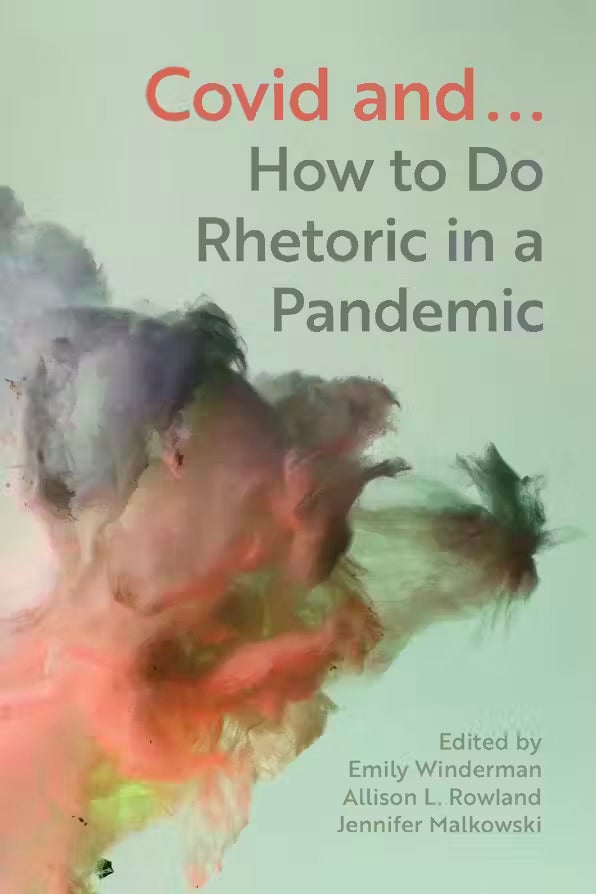Publishers have been seeking a sustainable model to support open access ebook publishing that does not rely on authors finding funding and that can cover publishing costs. In 2022, a group of publishers, along with other partners in the community, contacted JSTOR to help build such a model. We had a shared goal to find a model that addressed publishing costs and helped expand access to scholarly ebooks to a global audience. A driving question for me was, “How can we ensure that we can provide access to scholarly ebooks to individuals and students at colleges around the world where their library does not have the funds to acquire them?”
For most librarians around the globe, access has been limited due to tight budgets, license restrictions, and a small number of scholarly ebooks being published as open access. Faculty want their students to engage with the latest scholarship, but library staff are forced to make difficult choices about which books to acquire and which to forgo. At the same time, publishers, especially smaller university presses, work to bring important research into the world while needing to balance the financial realities of producing scholarly monographs.
This is the challenge that Path to Open, launched in 2023, set out to address. And today, as the program grows to include more than 240 libraries and nearly 50 publishers, we can begin to see how a community-driven approach to open access is changing what’s possible for authors, libraries, and readers everywhere.
Why open access matters now more than ever
In my 25 years in this industry there have been many changes that have impacted library and publisher budgets, acquisition processes of print and ebooks, as well as access and discoverability for researchers. Today, our community faces increased pressure with shrinking library budgets, higher costs for publishing ebooks, the growing demand for scholarly ebooks to support trusted peer-reviewed sources for research, and finding sustainable solutions to provide equitable access, globally.
The models in the market today have significant limitations that prevent expanding global access to this scholarship. Traditional ebook licensing often limits simultaneous users and complicates course adoption. For presses, publishing ebooks as immediately open access can risk their financial sustainability, but the benefits of overcoming challenges to provide open access are real.
“When our books were free to read, they got read—a lot. As dangerous and disruptive as the COVID era was, it taught us that books were an antidote—and OA turbo-charged our ability to get them to readers. There’s a certain symmetry in realizing that P2O has prepared us for a new crisis. Today’s crisis has books being censored or literally pulled from shelves. This is why a sustainable OA program for university press monographs is more necessary than ever. You can’t purge an OA monograph from a library collection.” –John Sherer, director, University of North Carolina Press, Path to Open Community Advisory Committee member
Path to Open was designed with these challenges in mind and focuses on a solution based on:
- A cost-sharing model where libraries collectively support the publication of new monographs.
- Guaranteed funding for publishers, reducing financial risk while rewarding participation.
- A clear timeline where books are available exclusively to participating institutions for three years, then convert to open access for all.
This balance, sustainability for publishers, early access for libraries, and eventual accessibility for the world, has already shown why it matters and how it can work.
The impact of open access
The numbers are telling a powerful story.
- JSTOR now hosts more than 13,000 open access books from 145+ publishers.
- These titles have been used over 65 million times, reaching readers in every country and territory and at more than 16,500 institutions worldwide.
- Despite being less than 10% of the ebook collection, open access titles account for 45% of all ebook usage on JSTOR.
When a book flips from licensed to open, the effect is transformative. On average, usage increases by 5,500% once a book becomes open access. Titles can immediately be found through discovery services and directly on JSTOR by the millions of users who access scholarly content on JSTOR. Authors can ensure their scholarship is discovered and read by readers around the globe. Librarians see their investments extend beyond their individual institutions. Finally, publishers witness their mission to disseminate knowledge realized on a global scale.
A community-driven model
Path to Open was developed through community collaboration with publishers, librarians, and scholars who are still driving the future of Path to Open. Continued community involvement includes:
- Libraries join by contributing an annual fee (scaled by JSTOR Classification). This provides their students and faculty exclusive access to a growing collection of frontlist titles.
- Publishers receive a publishing grant of $5,000 per title to support production costs.
- Readers worldwide ultimately benefit when titles flip to open access after three years.
This model has enabled presses of all sizes from around the world to participate whose voices enrich the scholarly landscape. Librarians consistently emphasized how important bibliodiversity is and Path to Open opens perspectives that might otherwise be lost.
As with all ebooks published on JSTOR, Path to Open titles are:
- DRM free
- Unlimited concurrent use
- Free MARC records delivered via OCLC
- Integrated seamlessly into library acquisition workflows with partners like GOBI from EBSCO
- Available through all major discovery service providers
- Accessible along with other scholarly content on JSTOR’s platform
This helps to ensure the ebooks are easily managed for librarians and accessible for researchers and readers globally.
Looking ahead: January 2026

We are approaching an exciting milestone. In January 2026, the first 100 Path to Open titles that were published in 2023 will convert to open access. This will be the first set of titles published in Path to Open to do so. Once they are converted to open access, publishers, libraries, and authors will be able to see an immediate impact of the global reach and use of these titles. Readers around the world will have access to these high quality scholarly ebooks that without the Path to Open model, would not have been available to them.
We are anticipating usage to increase over 300% for these titles in the first year they become open access, with usage from thousands of institutions around the world.
This will also serve as a proof of concept that a community-driven initiative of nonprofit partners can come together to support a sustainable pathway for titles to become open access.
By the end of the pilot in 2026, there will be 1,000 titles published all with an assured pathway to becoming open access. What begins as access to supporting institutions, becomes a shared piece of scholarship for the global community.

Reflections from the community
“The Path to Open mission has allowed libraries to spend their funds in a way that aligns with the values of our organizations and our profession. We, as librarians, want to provide access to information, to a wide diversity of information on whatever is sought out. Expanding access to this collection through open access publishing accomplishes that goal.” –Kate McCready, project director for Open Publishing, Big Ten Academic Alliance, and Path to Open participant
Throughout the pilot, the Community Advisory Committee (CAC) has worked closely with JSTOR to listen and obtain feedback from the community. Some librarians have questioned the three-year window, wishing for immediate openness while most have appreciated the balance it strikes between sustainability and eventual open access. It is understood that without this model, these titles would not have a pathway to becoming open access and would remain licensed only by a select number of paying academic institutions and their users. Some publishers have had challenges with the workflows, especially since this is a new model and many are publishing open access ebooks for the first time. JSTOR has worked closely with publishers and the CAC to better streamline the submission process, strengthen communications, and provide a transparent and consistent title selection process.
These refinements matter not only because they make the program smoother, but because they reflect the shared ownership of Path to Open. Every adaptation has been informed by the community it serves.
One publisher described the program as “an antidote to the monopolization of academic publishing,” a reminder that experimentation and partnership are central to building more innovative and equitable models.
An invitation to explore

When we launched Path to Open, it was to pilot a thoughtfully developed business model from community leaders to evaluate if libraries and publishers, along with a nonprofit partner like JSTOR, could co-create a model that balanced sustainability with open access ebook publishing. Just two years in, the answer is becoming clearer. The model is working as evidenced by the publisher and library participation and the close to 100,000 uses of the titles that have been published through the program to date. The final test will be the true impact these titles have on the global community when they are converted to open access in January 2026 and the ongoing funding commitments libraries make to support the program.
As a librarian, publisher, or author, you are part of this unfolding story. Together, we are building a shared path to openness, one that respects constraints on library budgets, the need to help sustain presses, and expands access for all.
We invite you to explore the growing list of participating libraries and publishers, and to learn more about joining the program at the Path to Open page on JSTOR.



